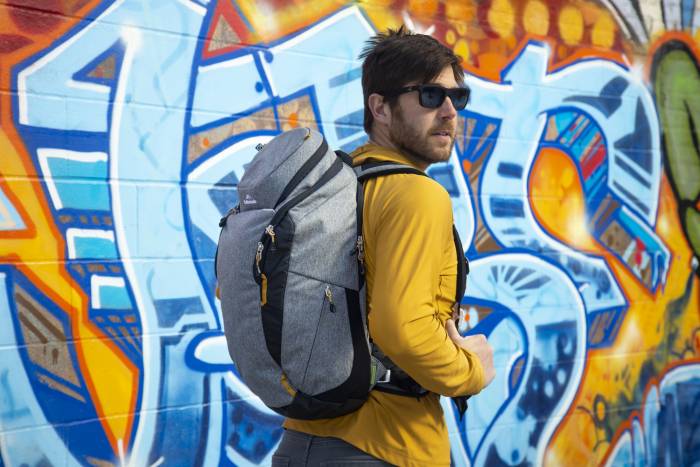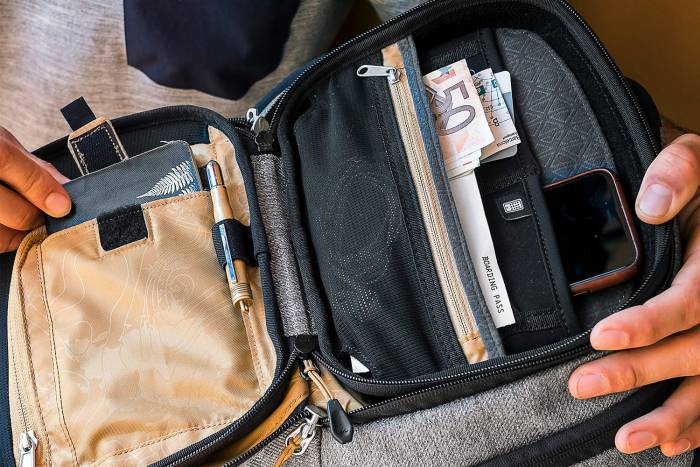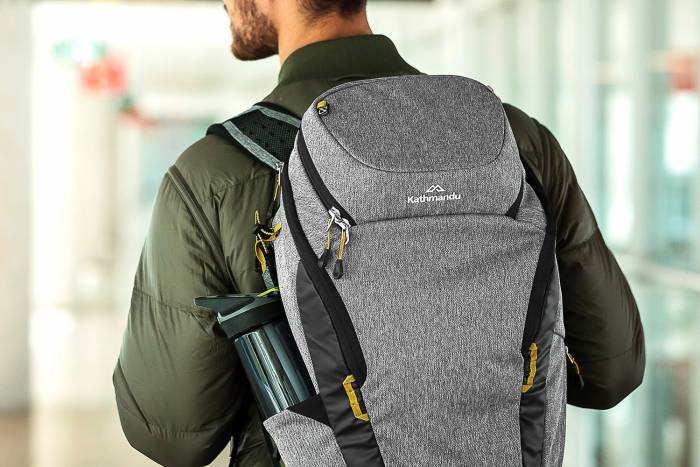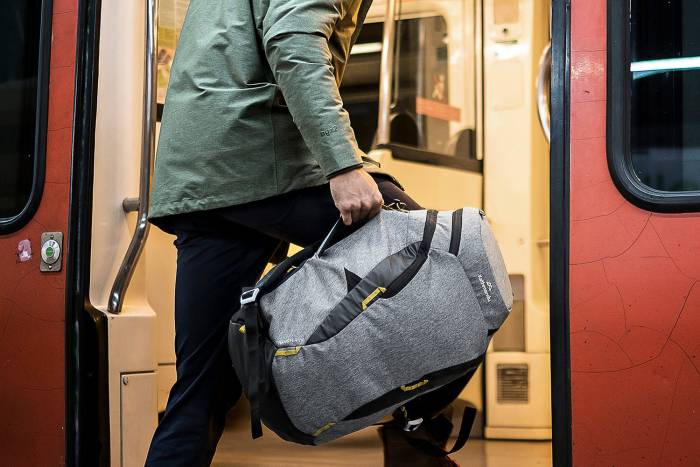Plane ticket: booked. Destination: researched. Now it’s time to pack your bag and board the plane for that dream trip abroad. Just be sure to use these tips to pack for safe travel.
Any adventure comes with some risks. But by packing smart and blending in, you can help minimize the risks of becoming a target of crime in other countries.
We spoke with Greg Wilson, a product designer at Kathmandu, about how to travel intelligently. The Kathmandu team designed the Transfer Pack in Christchurch, New Zealand, as a storage option specifically designed for whisking around the world.
So once you’ve got your trip planned, check out these tips to keep you safe during international travel.
Pre-Travel Checklist
Before heading to the airplane, there are several things you can do to minimize travel risks. Starting months before your trip, visit your doctor or a travel clinic to catch up on any needed vaccinations.
As your departure nears, check in on news articles and State Department advisories about your intended destinations. Photocopy and scan your passport, then email it to yourself. Leave one copy and scan with a trusted friend or relative. Stash another copy in a safe place in your backpack, away from your real passport.
Mental Checklist While Traveling
Travel can be hectic. Hopping in and out of taxis, through security checks, and on and off planes gives you lots of chances to misplace items. Here, a mental checklist helps you keep your most important possessions – passport, money, credit cards, health documents, etc. – safe.
“Having the right pack can help with this and definitely has given me confidence,” Wilson told us.
Keep It Closed
Carry a Subtle Backpack
RFID Risks
Don’t Do the ‘Lost Wander’
Small Secondary POD Bag














